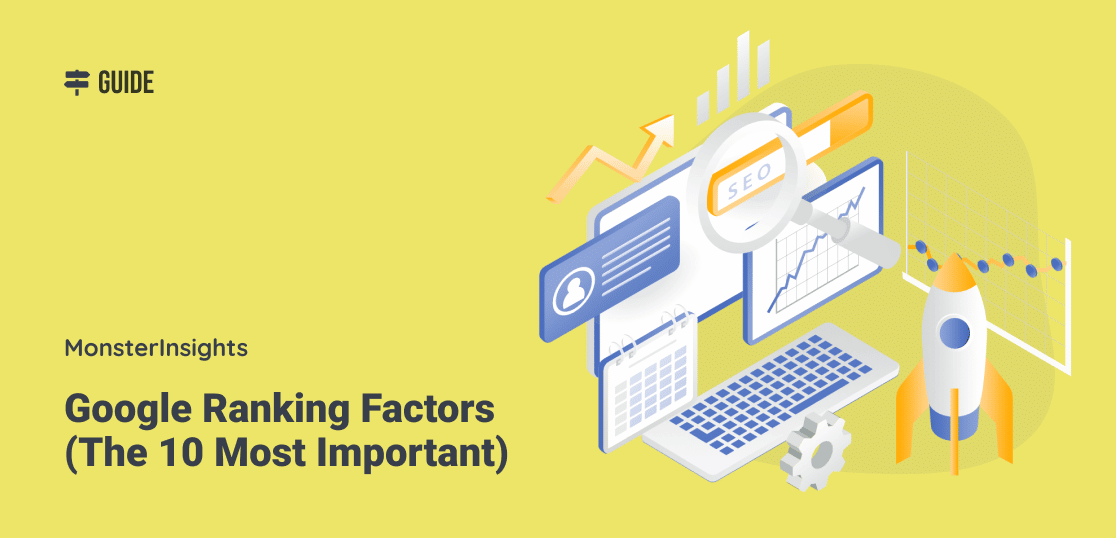Grasping Secondary Dimensions in Google Analytics: Their Value and Reliable Use
Grasping Secondary Dimensions in Google Analytics: Their Value and Reliable Use
Blog Article
Using the Power of Secondary Dimension in Google Analytics to Improve Your Marketing Method and Drive Results
Leveraging the power of secondary dimensions within Google Analytics opens up a world of possibilities for marketing professionals looking for to get much deeper insights right into user habits and tailor their projects with precision. The possible to measure project efficiency with a granular lens further emphasizes the value of using this tool to drive success.
Understanding Additional Dimensions
When examining data in Google Analytics, understanding second dimensions is crucial for gaining much deeper insights right into individual habits and site performance. Key dimensions provide fundamental information such as the variety of individuals or sessions, but second dimensions use a more thorough view by permitting individuals to sector and analyze information even more. By including a secondary measurement, marketing experts can improve their analysis and discover beneficial patterns that may have or else gone unnoticed.
Second dimensions in Google Analytics can be related to various metrics such as website traffic sources, individual demographics, and behavior circulation. By incorporating the primary dimension of 'landing pages' with the second dimension of 'gadget group,' marketers can figure out which tools are driving website traffic to particular landing web pages (what is a secondary dimension in google analytics). This details can help optimize site style and web content for far better user experience across different devices
Analyzing Individual Habits Patterns
To efficiently comprehend individual actions patterns, a comprehensive analysis of data within Google Analytics is necessary. By diving right into customer actions patterns, marketers can gain valuable insights into how visitors connect with their website, which pages are most appealing, and where possible traffic jams or drop-off factors may exist in the conversion funnel. Google Analytics offers a series of devices to examine individual habits, such as behavior flow records, occasion monitoring, and goal funnels.
Behavior flow records give a graph of how customers browse via the website, revealing the most common paths customers take along with where they hand over. Occasion monitoring allows online marketers to keep track of specific communications on the website, such as switch clicks or video sights, supplying a deeper understanding of customer engagement. Objective funnels track the steps customers take in the direction of completing a specific objective, highlighting locations for enhancement in the conversion procedure.
Enhancing Target Market Segmentation
Upon analyzing user actions patterns, marketing experts can additionally optimize their methods by boosting target market segmentation strategies in Google Analytics. Audience division enables the classification of website site visitors into certain groups based upon various characteristics such as demographics, behavior, and passions. By utilizing Google Analytics' additional dimensions, marketing professionals can improve these sections also additionally to gain much deeper understandings right into their audience's choices and actions.
Enhancing audience segmentation enables marketers to produce even more targeted and personalized advertising projects. By recognizing unique customer groups, online marketers can customize their messaging, content, and supplies to better reverberate with each sector's unique qualities and requirements. This degree of personalization can substantially boost involvement, conversion rates, and overall advertising efficiency.
Additionally, through improved target market segmentation, marketers can better comprehend the client journey and enhance touchpoints along the course to conversion. By assessing how different segments communicate with the site and advertising networks, online marketers can determine chances to this content improve individual experience, address pain points, and ultimately drive even more conversions. In general, refining audience segmentation in Google Analytics is a powerful technique for taking full advantage of advertising performance and driving lasting service growth.
Tailoring Marketing Campaigns
Marketing professionals can optimize their advertising campaigns by customizing content and messaging to match the one-of-a-kind attributes and requirements of certain audience sectors. Customizing advertising campaigns involves creating personalized experiences that reverberate with different groups of customers. By leveraging understandings from second measurements in Google Analytics, marketing professionals can acquire a deeper understanding of their target market's behavior, choices, and demographics. This data permits the creation of targeted projects that speak straight to the rate of interests and pain points of details segments, raising the chance of interaction and conversion.
With the analysis of additional dimensions such as web traffic sources, gadgets made use of, or geographical area, online marketers can tweak their messaging to be much more impactful and relevant. By tailoring advertising campaigns based on insights from secondary measurements, services can make best use of the effectiveness of their initiatives and inevitably drive much better ROI.
Determining Campaign Performance

One important facet of measuring campaign effectiveness is tracking conversions. By setting up goals in Google Analytics, businesses can keep an eye on specific actions taken by customers as a result of the project, such as authorizing or making a purchase up for a newsletter. Comprehending the conversion rate and the conversion path can offer important insights into the effectiveness of various advertising and marketing channels and messages.
Furthermore, evaluating metrics such as click-through rates, bounce prices, and session period can assist online marketers examine user engagement and the influence of the project on web site traffic. By incorporating key metrics with additional dimensions in Google Analytics, companies can refine linked here their advertising and marketing methods, optimize campaign efficiency, and drive much better results.
Verdict
In final thought, utilizing the power of secondary measurements in Google Analytics can supply important understandings into user habits patterns, boost target market segmentation, dressmaker advertising campaigns, and procedure campaign efficiency. By utilizing this attribute efficiently, businesses can fine-tune their marketing approaches and drive better outcomes. It is vital for marketing professionals to leverage the information available via secondary measurements to make informed choices and optimize their advocate optimal effect.

Report this page